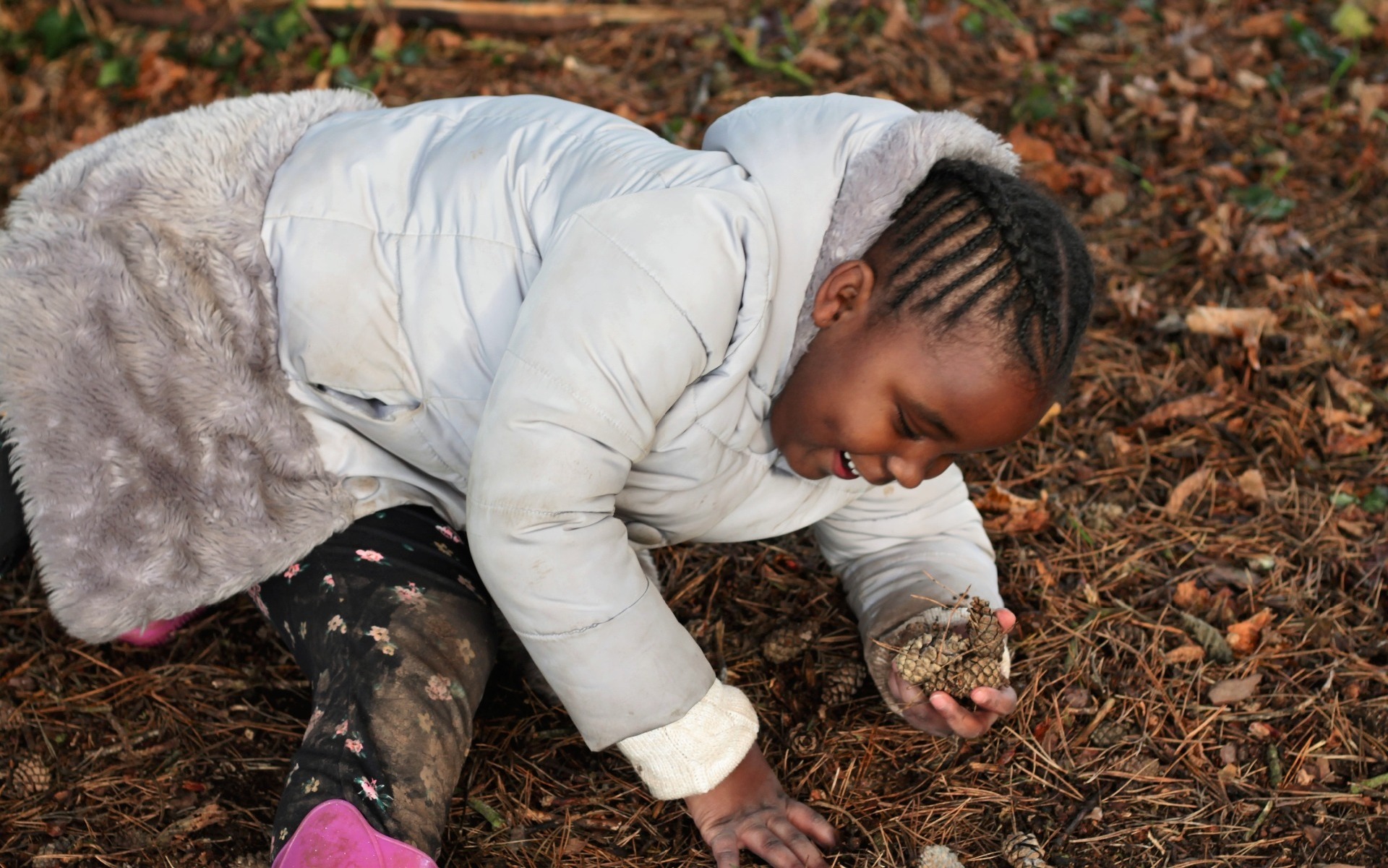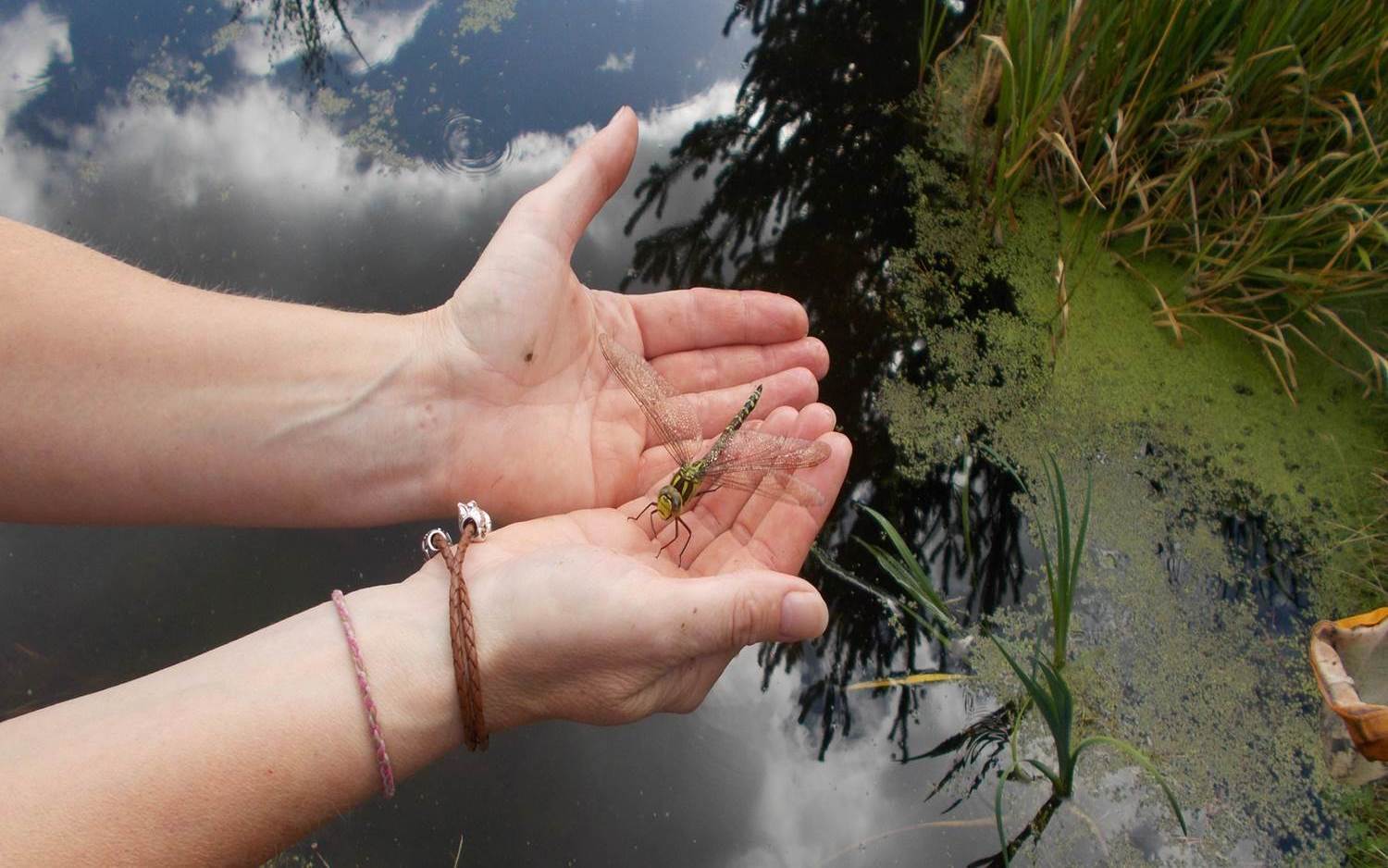ARE RESIDENTIAL CENTRES DOING AS WELL AS THEY COULD IN CONNECTING VISTORS WITH NATURE?
Posted on 13th May 2021 at 11:46
This week is Mental Health Awareness Week, and the theme is "Connect With Nature"; it clearly emphasises that the benefits to mental health and wellbeing of connecting with nature are proven. Richard Oakes reflects on the unique opportunity that residential learning providers have in connecting visitors with nature, and asks whether we could - or should - do more.
WE'RE DOING FINE, AREN'T WE?
Those of us working in outdoor, creative arts, and residential education, may see this and nod; it’s what we do isn’t it? And sometimes very well. But maybe it’s worth asking some questions.
Do we under-play our “connect with nature” wildcard?
Is it sometimes a little lost in the busy programme of activities; incidental or accidental in its inclusion; not promoted strongly enough in its own right?
Do we sometimes just skim the surface, rather than engage in a deeper sensory appreciation of nature?
"When visitors come to us, we are opening new worlds and possibilities for them"

We can access “nature” more easily than most; indeed, we rely on it for our outdoor and adventurous learning environments. It is one of the key factors that makes our sites and locations so special. That kind of access often isn’t easy or familiar for our visitors in their own neighbourhoods, so when they come to us we are opening new worlds and possibilities for them. How do we guide them into appreciation of those worlds? Do we plan enough time in our core programmes to listen to the birds singing; to watch the sunrise, smell the blossom, to sketch a tree or photograph a wild flower, write a poem in the woods? To really connect with nature? How do we move “nature” from being the backdrop to what we do, into something at the forefront, something we focus on?
COULD WE - SHOULD WE - DO MORE?
Clearly, some programmes are very explicit in connecting participants to nature. For example, the John Muir Award: discover a wild place, explore it, conserve it, share your experiences. We also connect children directly with nature through some of our activities, such as photography, pond dipping, night walks and minibeasts.
But could we – should we - do more? Every centre could successfully plan and promote exciting, engaging courses titled “Connect with Nature”; using the theme to bind a thread of specialist outdoor or arts activities together.
“Connecting with nature through creative arts.” “Connecting with nature through outdoor adventure.” “Exploring outdoors to connect with nature.”
Or we could ensure that some of our core elements – evening sessions, for example – include memorable sensory experiences that give visitors the best chance to connect with, appreciate, and enjoy nature. And, without going too deep, get some kind of measure of the impact it has on visitors’ feelings.

A COMMITMENT TO HEALTH AND WELLBEING
In our commitment to putting health and well-being boldly at the heart of everything we do, we should include enough time to properly engage with nature.
So, when we’re planning courses – whether you’re a centre practitioner, a school or group leader, or a pupil/student – let’s consider connecting with nature as a strong contender for top billing.
With best wishes,

Richard Oakes is Sandwell Residential Education Service's Manager, and former school governor
We love this resource from The John Muir Trust: "Creativity, Nature & Mental Health: A collection of poems & reflections"
Share this post:

